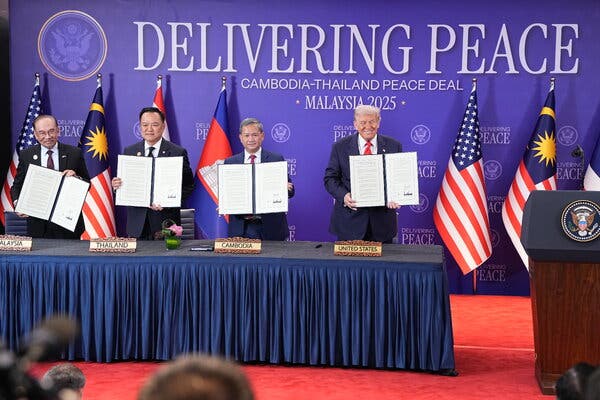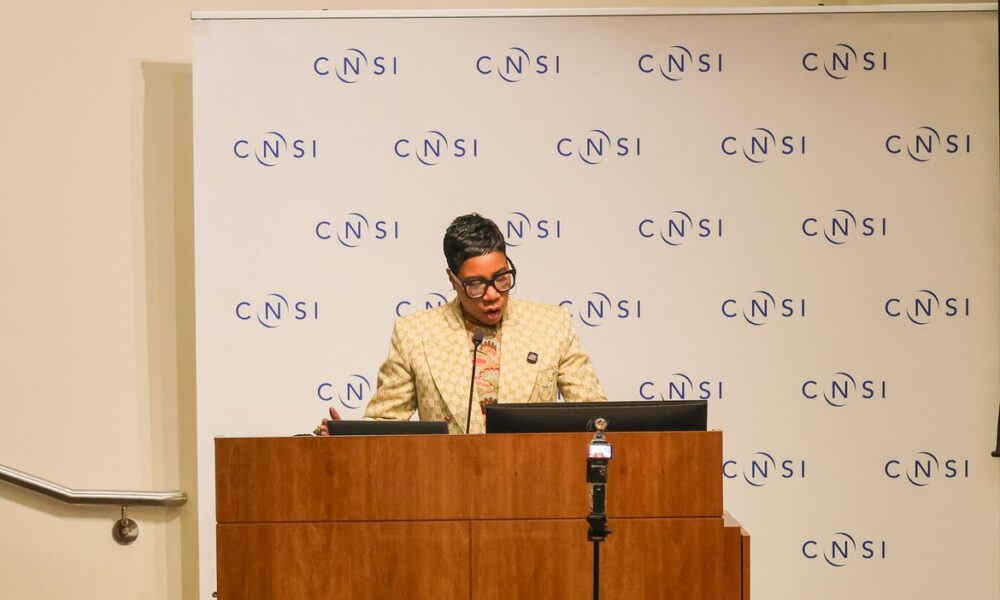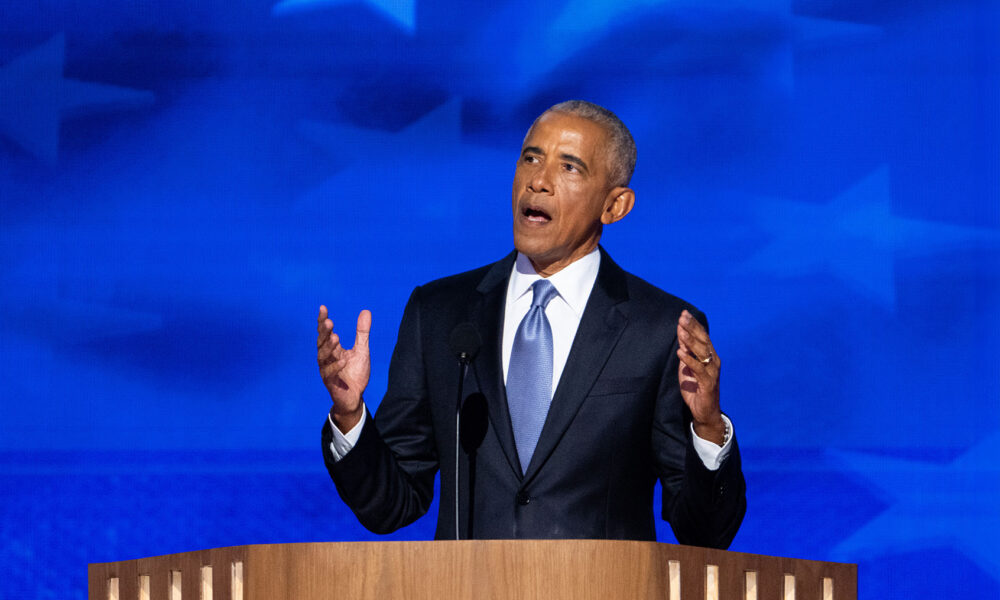President Donald Trump oversaw the signing of a peace pact between Cambodia and Thailand on March 15, 2024, during his visit to Southeast Asia. This agreement aims to strengthen regional stability and cooperation. In addition to the peace accord, President Trump announced a trade deal with Cambodia and a critical minerals agreement with Thailand, further deepening economic ties in the region.
The agreements are seen as part of a broader strategy to enhance U.S. influence in Southeast Asia, particularly in light of growing competition with China. The next significant challenge for President Trump will be discussions with Xi Jinping, the leader of China, which could shape future trade relations between the two countries.
During the signing ceremony, Trump emphasized the importance of collaboration in addressing mutual challenges. “This peace pact signifies our commitment to a stable and prosperous Southeast Asia,” he stated. The U.S. Trade Representative noted that the trade deal with Cambodia is expected to boost bilateral trade significantly, with projections indicating an increase of up to $500 million in annual trade.
The agreement with Thailand focuses on critical minerals, which are essential for various technologies, including electric vehicles and renewable energy. This partnership aims to secure a reliable supply chain and reduce dependency on other nations for these vital resources.
Throughout the trip, President Trump has underscored the United States’ dedication to supporting its allies in the Association of Southeast Asian Nations (ASEAN). The region has become increasingly pivotal in global trade, making these agreements strategically important for U.S. interests.
As the discussions with China approach, analysts are keenly observing the dynamics of U.S.-China relations, especially regarding trade policies and geopolitical strategies. The outcomes of these talks could have significant repercussions not only for the U.S. and China but also for the economies of Southeast Asian nations.
The Cambodia-Thailand peace pact and the associated trade agreements mark a notable moment in President Trump’s administration, showcasing a proactive approach to foreign policy in the Asia-Pacific region. As the situation develops, the international community will be watching closely to see how these agreements influence broader geopolitical landscapes.





